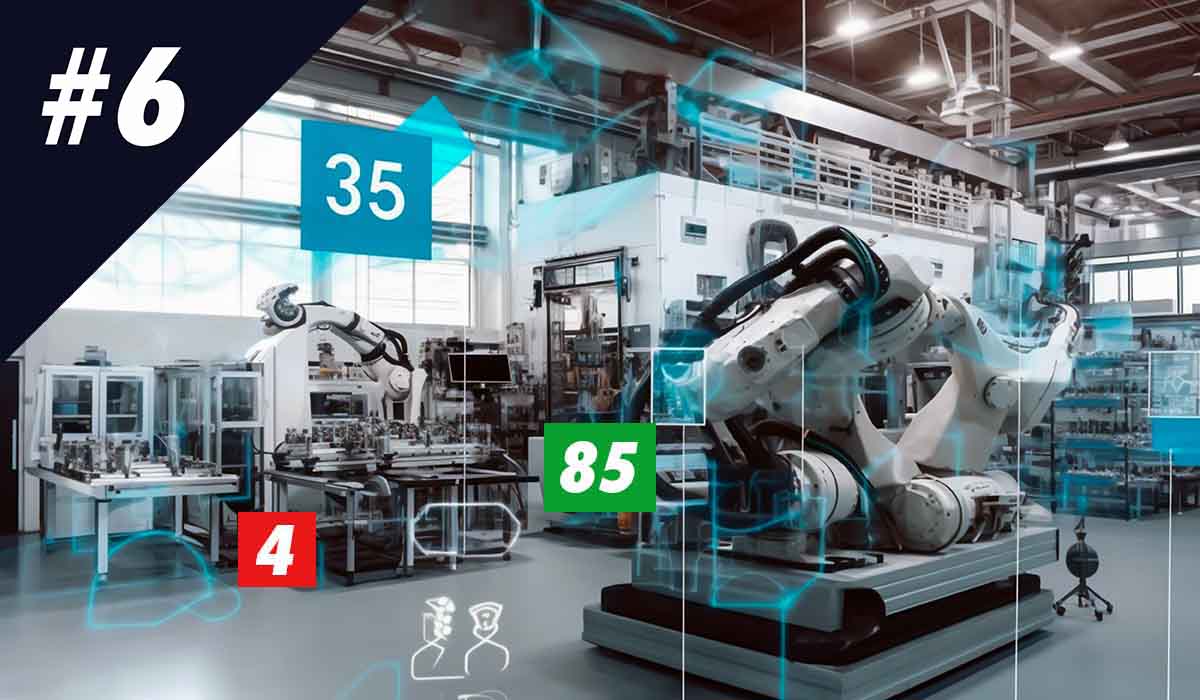In the previous step of our journey towards reliability excellence, we saw how to build a proper Master Equipment List in a CMMS and what are the benefits of such a project. Depending on your site’s size, that list might contain from a few hundred to more than 20,000 functional locations.
The question now is: how do we prioritize our preventive maintenance, planning and asset management efforts based on this list? The answer is Asset Criticality Ranking (ACR).
What is Asset Criticality Ranking?
If you ask your boiler area manager the question “what is the most important piece of equipment on our site”, chances are he will answer “the boiler”. Now ask the same question to your paper machine area manager. The answer will probably be “the Fourdrinier bed” or “the couch roller”.
They are both right and wrong at the same time.

At this point, criticality ranking is a perception, or an emotion, based on their experience with these pieces of equipment. The idea of ACR is to remove that emotion and to quantify it into more objective criteria. Chances are the “couch roller” and “the boiler” will rank very high in the criticality matrix once the exercise is done. But at least, the rationale will be objectively documented.
Why does Asset Criticality Ranking matter?
Asset Criticality Ranking holds significance as it aids organizations in prioritizing their maintenance efforts and effectively allocating resources. Through the assessment and ranking of assets based on their criticality, organizations can pinpoint those assets with the greatest influence on operations, safety, and profitability.
This enables them to concentrate their maintenance activities on the most crucial assets, ensuring they receive the necessary attention and resources to forestall failures and minimize downtime.

Examples of criteria used to do ACR
Furthermore, Asset Criticality Ranking supports organizations in making well-informed decisions regarding risk management. By comprehending the criticality of each asset, organizations can evaluate the potential risks linked to asset failures and formulate appropriate strategies for risk mitigation.
This includes the implementation of proactive maintenance approaches, like condition monitoring and preventive maintenance, for highly critical assets, aimed at reducing the likelihood of failures and their impact on operations.
The outcome of Asset Criticality Ranking
Once the scope of work has been defined, and criteria validated by the team, a ranking is assigned to each asset in the hierarchy.

Example of ACR on a converting section of a tissue plant
In the end, the team will decide the values and quantity of necessary thresholds to finalize the ranking (A, B, C, D, etc.). Do not forget that an ACR exercise should highlight the most important assets in your organization. In other words, if you end up with 50% of your assets as “criticality A” it means something is wrong in your evaluation or the thresholds you set up.
Conclusion
ACR in the industrial world is a systematic process of evaluating and categorizing assets within an organization based on their importance or criticality to the overall operation. The purpose of asset criticality ranking is to identify and prioritize assets that are most crucial to an organization’s success and to allocate resources and efforts accordingly.
Asset Criticality Ranking (ACR) is a crucial step in achieving reliability excellence within an organization. It involves assessing and categorizing assets based on their importance or criticality to the overall operation. This process removes subjective perceptions and emotions, quantifying the importance of assets with objective criteria.
ACR is essential because it allows organizations to prioritize their maintenance efforts and allocate resources effectively. By ranking assets according to their criticality, organizations can identify those with the most significant impact on operations, safety, and profitability. This focus on crucial assets ensures they receive the necessary attention and resources to prevent failures and minimize downtime.
Additionally, ACR supports informed decision-making in risk management. Understanding the criticality of each asset helps organizations evaluate the potential risks associated with asset failures and develop appropriate risk mitigation strategies. This may involve proactive maintenance approaches like condition monitoring and preventive maintenance for highly critical assets to reduce the likelihood of failures.
During the ACR process, a ranking is assigned to each asset, often using categories such as A, B, C, or D. The goal is to highlight the most important assets in the organization. If a significant portion of assets ends up in the highest criticality category (A), it may indicate issues with the evaluation or the thresholds set.
In conclusion, Asset Criticality Ranking is a systematic approach to identify and prioritize assets crucial to an organization’s success. It ensures the efficient allocation of resources and efforts to maintain the reliability and performance of key assets, ultimately benefiting the organization’s operations, safety, and profitability.

